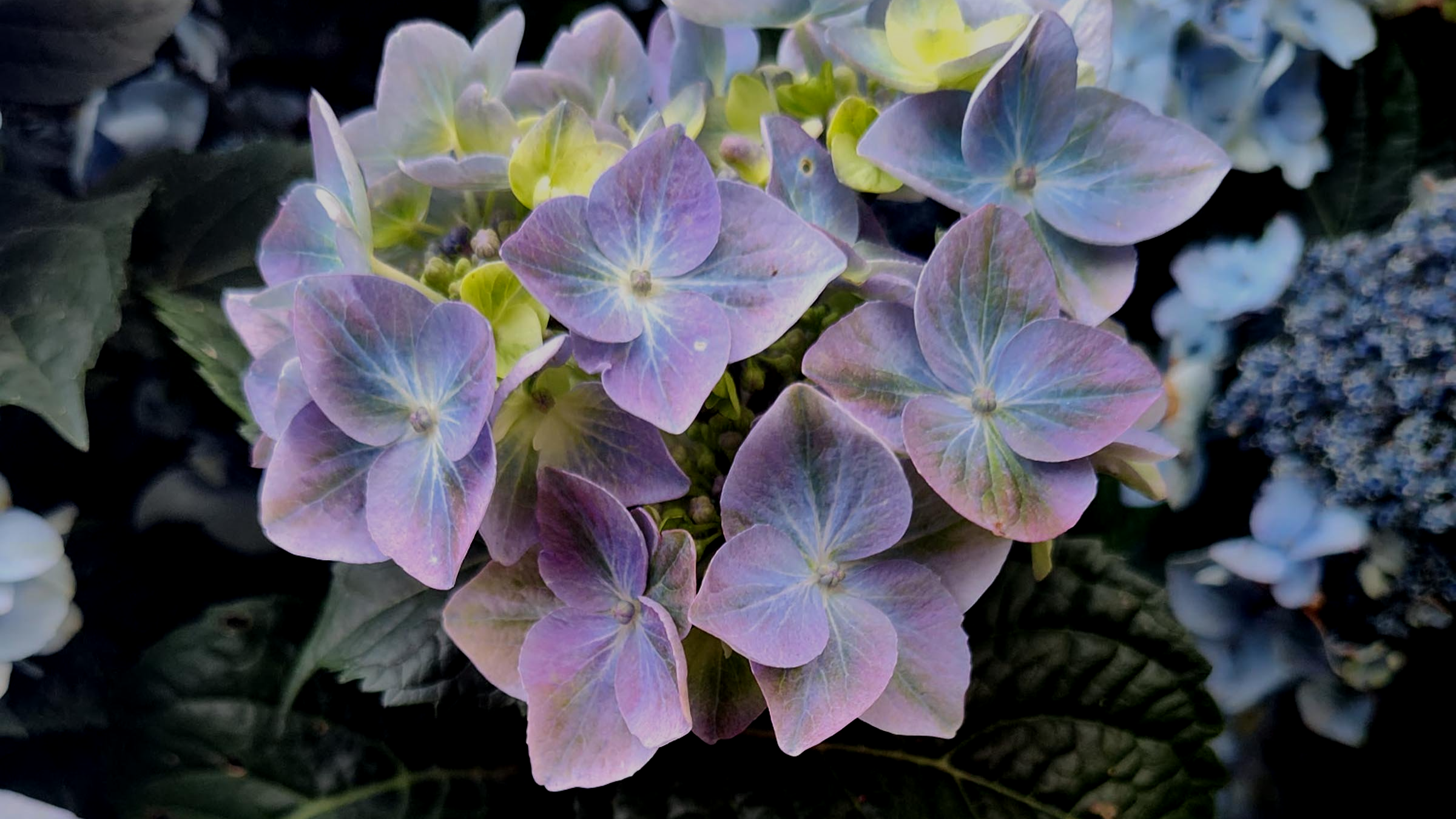I enjoy growing my own veggies, but it certainly isn’t because it is cost effective! I just spent close to $100 replenishing my raised bed soils with new compost and fertilizers so I could plant some fall crops of broccoli, lettuces, carrots, beets and spinach - the value of which would probably add up to far less than what I just spent. But that’s not the point, is it? The real reason we labor in our veggie gardens is because: (1) the crops we harvest are so much more flavorful, (2) we can be assured they are free of any pesticide residues, and (3) it’s very satisfying and just plain fun to grow stuff, especially if we get to eat it!
September is the month to take some of our garden space and replant it with cool season crops, much like we did this past spring. Think of roots and shoots. We can plant carrots and beets now that will germinate, put on some growth and then sort of chill out over the winter (perhaps with a little protection if it gets really cold), after which they will take off in early spring and produce a lovely crop long before any spring planted ones would. And, I have found over the years, that they will be a lot sweeter too. Direct seed beets and carrots now (and radishes if you want a quick crop) and plan for a rich yummy harvest come springtime.
Garlic is best planted in the fall, although I suspect the majority of gardeners probably don’t get around to it until the spring which will also work. You can usually find a good selection of garlic varieties at your local garden center this month. In a pinch, I have planted garlic from the grocery store and had reasonable success, although there isn’t much in the way of variety to choose from.
Pretty much all leaf crops can go into the ground this month, either direct seeded or from little packs of transplants. Seeds, of course, are the most cost effective and you can eat the baby greens as you thin out the seedlings - so it is a win-win arrangement. If you plant spinach from seed, remember that every spinach seed actually contains 3 individual seeds, so you will need to do some thinning early on. I have also had good success with buying transplants from the garden center and spacing them out from the get-go. So you can’t go wrong either way.
Cabbage, cauliflower, brussels sprouts, kale, broccoli, and kohlrabi can all be planted now too. I always plant a dozen or so broccoli transplants and enjoy eating large, sweet heads of broccoli around Thanksgiving and into December. Know that all “cole crops” are heavy feeders, so for good results you really need to up the fertilizer and also probably do a little cabbage looper control (those white butterflies that flit about and produce those green worms that eat holes in the leaves).
Admittedly, fall veggie gardens can be a little sketchy with our unpredictable winters. For success, be sure to beef up your soil with lots of compost and fertilizer and be ready with some frost protection fabric for any early hard frosts (or better yet, get some PVC pipe and plastic film to build yourself a cloche - they can add structure to your garden as well as being functional).
Like I said in the beginning, growing our own veggies is not about economics but rather about producing healthy and tastier food while having some fun in the process! What’s not to like about that?



